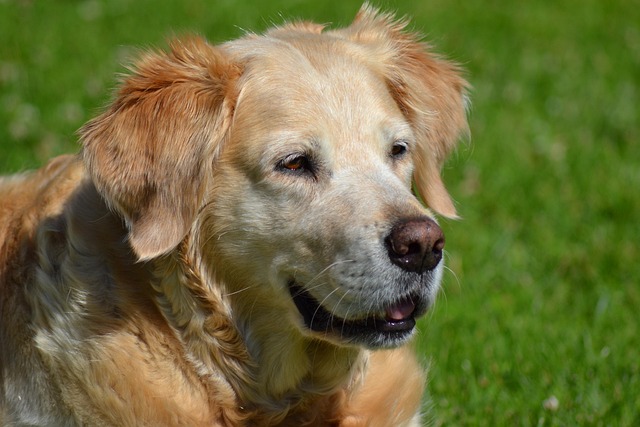
When should I worry about my dog's eyes
That worried feeling when your pup squints in the bright afternoon sun during your neighborhood walk or has a bit of goop in the corner after a nap – is it normal, or time to panic?
Waking up to a couch dusted with fur in the dead of December can make any new dog parent do a double-take. A first-time husky owner in Minnesota texted me last week, sending a photo of a lint roller crammed with white tufts: “I thought he’d grow a thick coat for the cold, not leave clumps everywhere. Is this normal?” If your dog is shedding buckets in winter, you’re far from alone. It’s counterintuitive—we expect them to gain fur when temperatures drop—but there’s a simple reason behind it, and plenty you can do to manage the mess.
Here’s the science: Dogs’ coats respond more to light than temperature. In fall, shorter daylight triggers their bodies to grow a dense, insulating undercoat for winter. But when we crank up the heat indoors (hello, 72°F living rooms in January), their systems get confused. That cozy warmth tricks them into thinking, “Maybe it’s time to shed?” The result? They start losing that winter undercoat early, leaving your floors covered in what feels like a never-ending supply of fur. Double-coated breeds—think huskies, golden retrievers, or border collies—get hit hardest. Their thick undercoats shed in clumps, creating “fur tumbleweeds” that roll past your space heater. A 2022 study in Veterinary Journal found that dogs in heated homes shed 35% more in winter than those in cooler spaces—your thermostat is basically hitting fast-forward on their shedding cycle.
The first step to taming the fur? Grooming smarter, not harder. Swap your regular brush for a deshedding tool (like a Furminator) or a rubber curry brush—these grab loose undercoat without yanking healthy fur. My neighbor in Wisconsin swears by her routine with her lab: “10 minutes every evening while we watch TV. I fill a trash bag weekly, but my black pants finally stay fur-free.” For extra-thick coats, try “line brushing”: part the fur with your fingers, then brush along the skin in small sections to dig out hidden clumps. A border collie owner at my local park uses this trick: “It gets the undercoat that’s been hiding—no more surprise piles on my bed.”
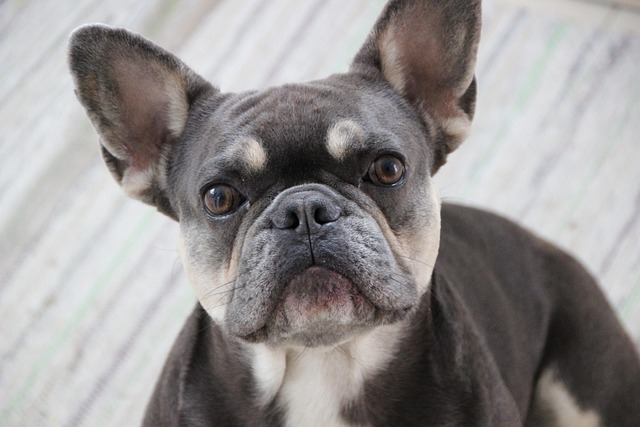
Tweak your home environment to slow shedding. Dry indoor air from heaters zaps moisture from your dog’s skin, making fur fall out faster. Run a humidifier (aim for 30-50% humidity) to keep skin hydrated—my New York City neighbor noticed a big difference with her pug: “We used to vacuum daily; now, with the humidifier, it’s every other day.” Keep the thermostat moderate too—65-68°F is warm enough for both of you, and won’t confuse their coat into shedding mode.
Diet plays a quiet role, too. Winter shedding spikes if your dog’s food lacks omega-3 fatty acids, which keep skin and fur strong. Add a vet-recommended fish oil supplement (a teaspoon a day for most dogs) or mix in a little canned salmon (no salt) to their meals. A beagle owner in Colorado saw results: “After three weeks, his fur felt thicker, and there was way less on the couch. Worth the extra few dollars.”
Make grooming a bonding ritual, not a chore. Dogs hate feeling pinned down, so never scold them for wiggling. Start with 2-minute sessions: brush a little, offer a freeze-dried chicken treat, then stop. Over time, they’ll learn to lean in—my rescue mutt in Maine used to hide, but now she nuzzles the brush, tail thumping, because she knows snacks are coming. Stress makes shedding worse, so patience beats frustration—just like with training.
Let’s tie this to real-world responsibility. Legally, keep your dog’s rabies vaccine current (required in all U.S. states)—sick dogs shed more, so annual vet check-ups can catch issues like thyroid problems (a hidden cause of excessive shedding). In apartments, vacuum high-traffic areas (by their bed, the couch) 2-3 times a week—your neighbors won’t mind the noise if it means less fur drifting under doors. When walking in winter, a quick brush before heading out cuts down on fur that sticks to park benches or other dogs. And always carry poop bags (fines hit $200 in Seattle)—managing shedding doesn’t excuse skipping the basics.
At the end of the day, winter shedding is a hassle, but it’s normal. Think of it as your dog’s way of adjusting to indoor life—trading their heavy winter coat for something more comfortable in your warm home. With consistent brushing, a humidifier, and lots of treats, you’ll keep the excess in check. And when you find a stray tuft in your hot cocoa? Smile—it’s a reminder they’re snuggled up, happy and healthy, right where they belong.

That worried feeling when your pup squints in the bright afternoon sun during your neighborhood walk or has a bit of goop in the corner after a nap – is it normal, or time to panic?
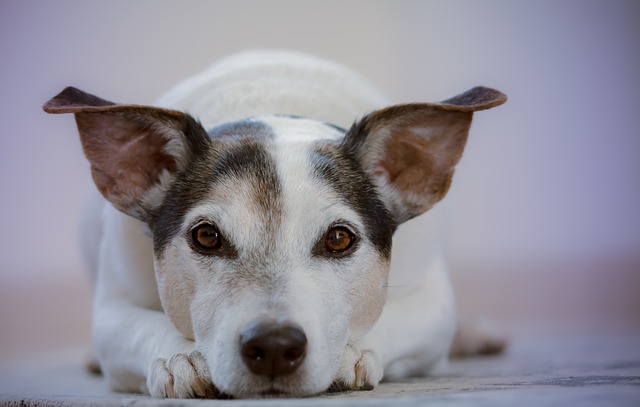
Waking up to the sound of your dog retching is enough to make any new pet parent panic.You rush over to find a small puddle on the living room rug,and suddenly you're hit with that urgent question:should you hold back their food to let their tummy settle?
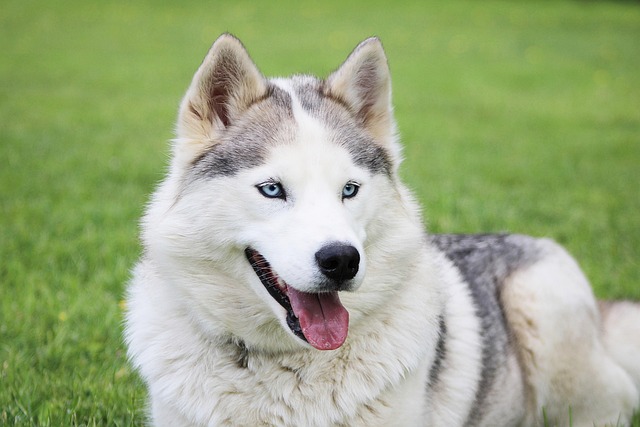
Husky puppies are little bundles of energy with a metabolism that burns through calories like a sled racing across snow. Their bodies need specific nutrients to support that nonstop activity, growing muscles, and thick double coats.
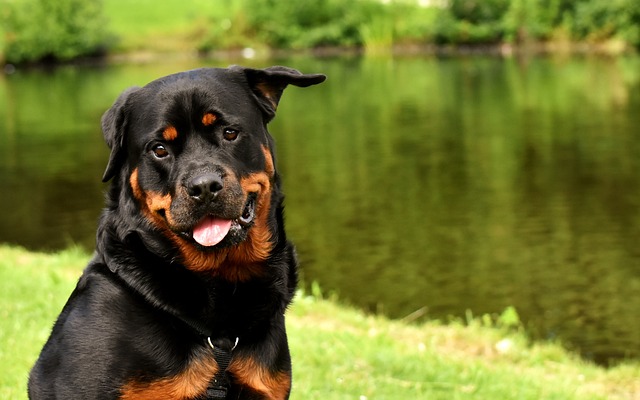
Does brushing a dog help with dandruff? If you’re a new dog parent in the US, you’ve probably stared at the white flakes on your couch, then at your pup’s brush
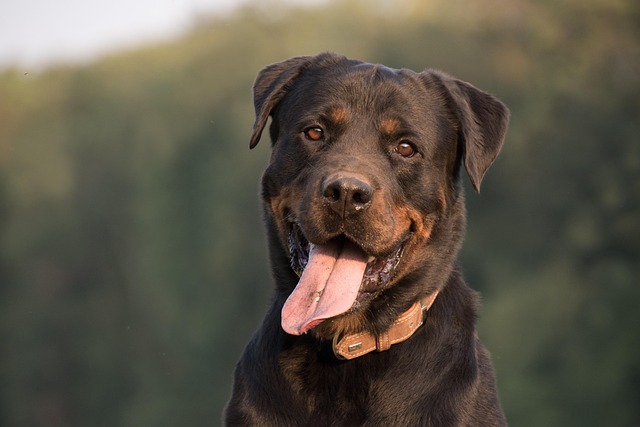
How to tell if a dog has dandruff or mites? If you’re a new dog parent in the US, you’ve likely leaned in to brush your pup and noticed small white flakes in their fur
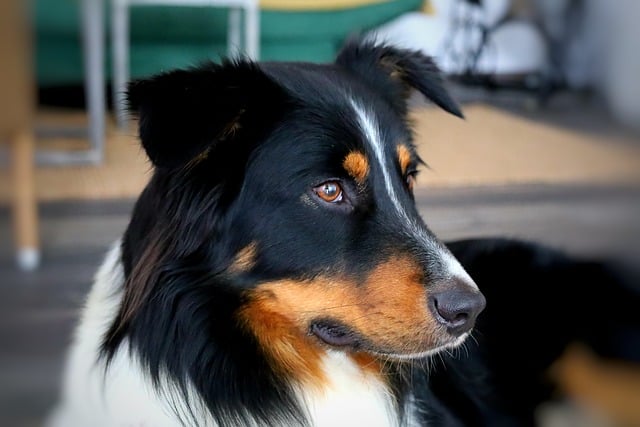
What food causes dandruff in dogs? If you’re a new dog parent in the US, you’ve probably brushed your pup and noticed a snowfall of white flakes